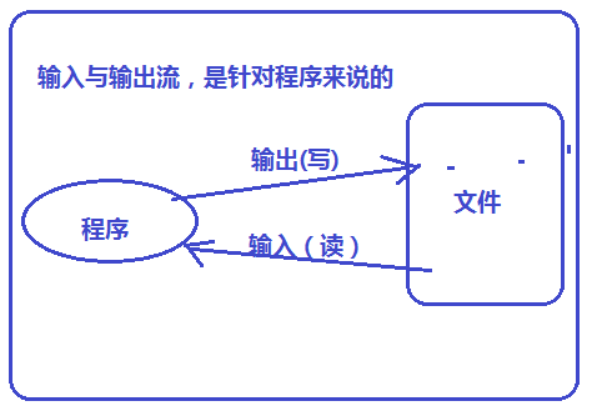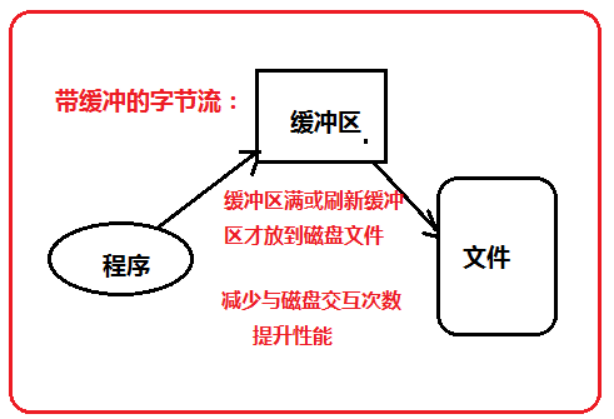1.线程安全的HashMap
//ConcurrentHashMap: 并发的HashMap(前提是安全)
//Coolections中也提供了线程安全的Map,只不过锁的是整个hash表
public class Test1 {
public static void main(String[] args) {
Map<String, String> map = new ConcurrentHashMap<String, String>();
for(int i=0;i<16;i++) {
final int temp = i;
new Thread(new Runnable() {
@Override
public void run() {
map.put(Thread.currentThread().getName(), "value:"+temp);
System.out.println(map);
}
}).start();
}
}
}

2.队列
2.1 Queue队列接口
//Queue:队列的接口,特点:先进先出
//LinkedList实现类就实现了该接口
public class Test1 {
public static void main(String[] args) {
Queue<Integer> queue = new LinkedList<Integer>();
/*
//如果没有元素,继续移除,会报异常
queue.add(1);
queue.add(3);
queue.add(2);
System.out.println(queue.element()); //取第一个元素
System.out.println(queue.remove()); //取第一个元素,并移除
*/
//如果队列没有元素,则返回null--推荐
queue.offer(1);
queue.offer(3);
queue.offer(2);
System.out.println(queue.peek()); //取元素不移除
System.out.println(queue.poll()); //取元素并移除
System.out.println(queue);
}
}
2.1 ConcurrentLinkedQueue实现类
//ConcurrentLinkedQueue: 在多线程中,性能最高的并发的队列
//内部采用了CAS无锁交换算法进行存储
//有3个参数: V(要改变的变量) E(预期值) N(新值)
//执行过程中,如果V=E,那么N就可以改变V变量的值了
public class Test2 {
public static void main(String[] args) throws InterruptedException {
Queue<Integer> queue = new ConcurrentLinkedQueue<Integer>();
Thread th1 = new Thread(new Runnable() {
@Override
public void run() {
for(int i=1;i<=5;i++) {
queue.offer(i);
}
}
});
th1.start();
Thread th2 = new Thread(new Runnable() {
@Override
public void run() {
for(int i=6;i<=10;i++) {
queue.offer(i);
}
}
});
th2.start();
th1.join(); th2.join();
for(int i=1;i<=10;i++) {
System.out.println(queue.poll());
}
}
}
2.3 阻塞队列
//BlockingQueue:阻塞队列的接口
//实现类有: 有界队列ArrayBlockingQueue(推荐),无界队列LinkedBlockingQueue
//有界队列是有长度限制 无界队列可以认为没有
//有两个阻塞方法: put,take ,该阻塞方法的使用类似于生产者消费者用法
//put:一般不能超过有界队列长度,超过了阻塞 take,没有值时阻塞
public class Test3 {
public static void main(String[] args) throws InterruptedException {
BlockingQueue<String> queue = new ArrayBlockingQueue<String>(3);
queue.put("苹果");
queue.put("香蕉");
queue.put("橘子");
System.out.println(queue.take()); //取出并移除
queue.put("西瓜"); //限制存3个,第4个阻塞了
System.out.println(queue.take()); //取出并移除
System.out.println(queue);
}
}
2.4. 有界队列应用
//通过阻塞队列模拟生产者消费者模型
//案例:生产者和消费者个打印1~100,每次最多生产或消费4个
public class Test4 {
public static void main(String[] args) {
BlockingQueue<Integer> queue = new ArrayBlockingQueue<Integer>(4);
//负责生产的线程
new Thread(new Runnable() {
@Override
public void run() {
for(int i=1;i<=100;i++) {
try {
queue.put(i);
System.out.println("已经生产了第"+i+"件货");
} catch (InterruptedException e) {
e.printStackTrace();
}
}
}
}).start();
new Thread(new Runnable() {
@Override
public void run() {
for(int i=1;i<=100;i++) {
try {
System.out.println("已经消费了第"+i+"件货");
queue.take();
} catch (InterruptedException e) {
e.printStackTrace();
}
}
}
}).start();
}
}
- IO流(重点)
概念:程序与文件之间存储数据的通道

流的划分:
-
按方向划分: 输入流,输出流
输入流:将文件中的数据读到程序中
输出流:将程序的数据写到文件中 -
按单位划分: 字节流,字符流
字节流:读写最小单位,按一个一个字节读写,效率低;读写所有文件(音频,视频,图片)
字符流:按一个一个字符读写,效率高;只能读写文本文件 -
按功能划分:节点流,处理流
节点流:基础流,没有经过处理的流
处理流:经过处理包装后的流,功能更为强大
3.1 字节节点流
字节流的抽象父类: OutputStream,InputStream
子类:
字节流的节点流: FileOutputStream,FileInputStream
//------输出流-------
public class Test1 {
public static void main(String[] args) throws IOException {
OutputStream fos = new FileOutputStream("a.txt"); //文件路径参数
//int类型参数,是存储码值
//字符串转字节数组:
fos.write("hello,world".getBytes());
fos.close(); //打开文件,必须要关闭 io流的关闭
}
}
//------输入流-------
//字节节点流的读取:FileInputStream
//细节: 实例化输出流,会自动创建文件; 实例化输入流,则不会自动创建
//注意:在项目中使用IO流,往往捕获更多,咱们测试案例,后续用抛出更方便
public class Test2 {
public static void main(String[] args) {
FileInputStream fis = null;
try {
fis = new FileInputStream("a.txt");
//System.out.println((char)fis.read()); //读取一个码值对应的字符
byte[] b = new byte[1024];
int len; //读取字节数组,返回长度
while((len=fis.read(b)) != -1) {
//byte[]-->String
//从下标0位置挨个转字符串,转len个
System.out.println(new String(b,0,len));
}
} catch (IOException e) {
e.printStackTrace();
}finally {
IOUtils.closeAll(fis); //统一资源关闭---Closeable接口
}
}
}
//-------统一资源关闭--------
public class IOUtils {
public static void closeAll(Closeable... cs) {
for(Closeable c : cs) {
if(c!=null) {
try {
c.close();
} catch (IOException e) {
e.printStackTrace();
}
}
}
}
}
3.2 字节缓冲流

//------字节缓冲输出流-----
//字节缓冲流:BufferedOutputStream/BufferedInputStream
//带缓冲区的字节流--处理流(包装之后得到的流),减少与磁盘交互次数,提升了性能
//带两个参数的缓冲区对象,第二个参数是缓冲区大小,如果不指定默认为8192(1024*8,恒定值)
//越接近恒定值,缓冲区存储性能越好
public class Test1 {
public static void main(String[] args) throws IOException {
//BufferedOutputStream bos = new BufferedOutputStream(new FileOutputStream("a.txt"));
BufferedOutputStream bos = new BufferedOutputStream(new FileOutputStream("a.txt"), 6);
bos.write("hello,IO...".getBytes()); //缓冲区满了,也会写到磁盘文件
//bos.flush(); //刷新缓冲区
//bos.close(); //刷新缓冲区+close
}
}
//-------字节缓冲输入流--------
//读取缓冲区内容
public class Test2 {
public static void main(String[] args) throws IOException {
BufferedInputStream bis = new BufferedInputStream(new FileInputStream("a.txt"));
byte[] b = new byte[104];
int len;
while((len=bis.read(b))!=-1) {
System.out.println(new String(b, 0,len));
}
IOUtils.closeAll(bis);
}
}